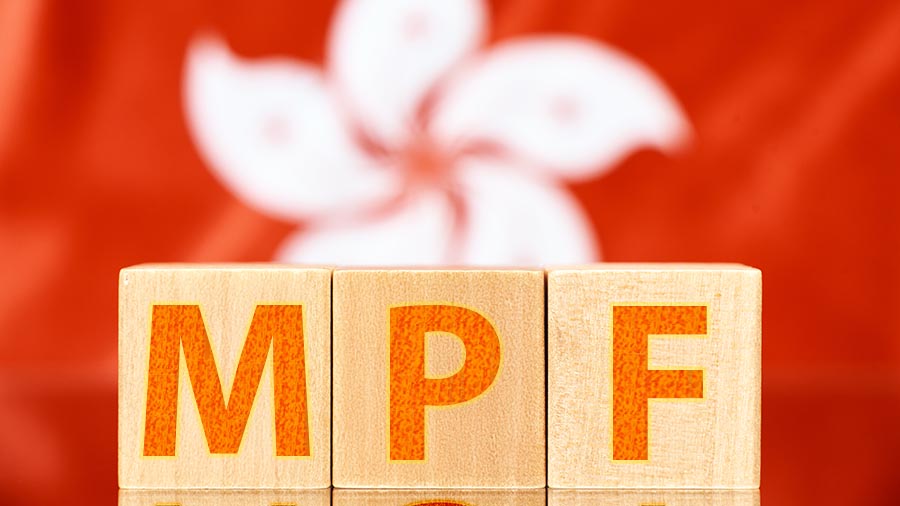Ceramics and Bathroom Fixtures Industry Awash in Opportunity for Investment
SHANGHAI — China is the world’s biggest consumer and exporter of ceramics, accounting for two-thirds of the world’s output. Thanks to mass urbanization, the market for bathroom fixtures has boomed in the country’s lower-tier cities, while domestic consumption of ceramic materials is at an historic high. The Chinese government has shown a keen interest in promoting investment into the industry, especially water-saving bathroom fixtures and self-flushing toilets. In November 2013, the Ministry of Industry and Information Technology (MIIT) issued the first ever set of industrial standards for ceramics and bathroom fixtures, strongly emphasizing the role of innovative and environmentally-friendly production.
At present, particular investment opportunity is to be found in the thin ceramic tile industry, expected to take the place of current ceramics by 2015, according to industry estimates. While over 2,000 ceramics and bathroom fixtures enterprises have been established in China (mostly in Guangdong, Fujian and Zhejiang provinces), only 20 are registered as manufacturers of thin ceramic tiles. In response, SITI-B&T, an Italian leader in ceramic tile manufacturing, has announced plans to set up its headquarters and global R&D center in Foshan, Guangdong and signed an investment agreement with the local government.
In more recent developments, the MIIT released interim measures applying to all manufacturers in the ceramic materials and bathrooms fixtures industry (Gong Xin Bu Yuan [2014] No.286). The measures came into effect on August 1, 2014—one year after the MIIT released an opinion-seeking draft in 2013. According to the measures, any enterprise seeking to engage in the ceramic materials and bathroom fixtures industry must meet the following conditions:
- Be an independent legal entity;
- Meet the environmental protection and energy saving requirements as listed in the “Standards for the Ceramic Materials and Bathroom Fixtures Industry”; and
- Operate in accordance with relevant regulations and laws.
RELATED: China vs. Vietnam as the Future Workshop of the World
Eligible enterprises are required to submit several forms of documentation to their local MIIT branch for approval, including their business license, a quality inspection report, and an environmental report. Approved enterprises will then be required to submit an annual self-inspection report containing:
- The enterprise’s operational status;
- The enterprise’s quality control, environmental protection and energy saving status;
- Any changes to the enterprise’s legal person, primary product line, or relevant qualifications (if applicable) made prior to January 31.
Asia Briefing Ltd. is a subsidiary of Dezan Shira & Associates. Dezan Shira is a specialist foreign direct investment practice, providing corporate establishment, business advisory, tax advisory and compliance, accounting, payroll, due diligence and financial review services to multinationals investing in China, Hong Kong, India, Vietnam, Singapore and the rest of ASEAN. For further information, please email china@dezshira.com or visit www.dezshira.com.
Stay up to date with the latest business and investment trends in Asia by subscribing to our complimentary update service featuring news, commentary and regulatory insight.
Related Reading
 Manufacturing Hubs Across Emerging Asia
Manufacturing Hubs Across Emerging Asia
In this issue of Asia Briefing Magazine, we explore several of the region’s most competitive and promising manufacturing locales including India, Indonesia, Malaysia, Singapore, Thailand and Vietnam. Exploring a wide variety of factors such as key industries, investment regulations, and labor, shipping, and operational costs, we delineate the cost competitiveness and ease of investment in each while highlighting Indonesia, Vietnam and India’s exceptional potential as the manufacturing leaders of the future.
 Using China WFOEs in the Service and Manufacturing Industries
Using China WFOEs in the Service and Manufacturing Industries
In this issue of China Briefing Magazine, we provide a detailed overview of the WFOE establishment procedures as well as outline the typical costs associated with running these entities in China. We hope that this information will give foreign investors contemplating entry into the Chinese market a better understanding of the time and costs involved.
- Previous Article E-Commerce in the Shanghai FTZ: Kuajingtong versus Taobao
- Next Article Industry Focus: Importing Wine into China




























